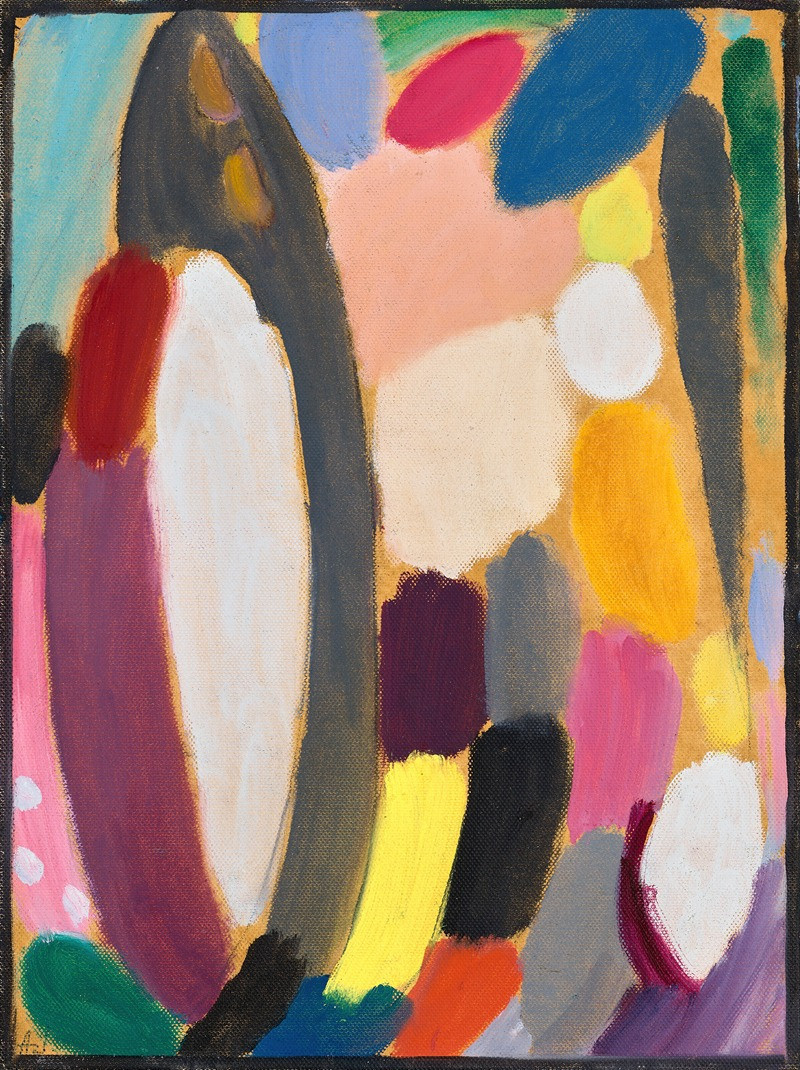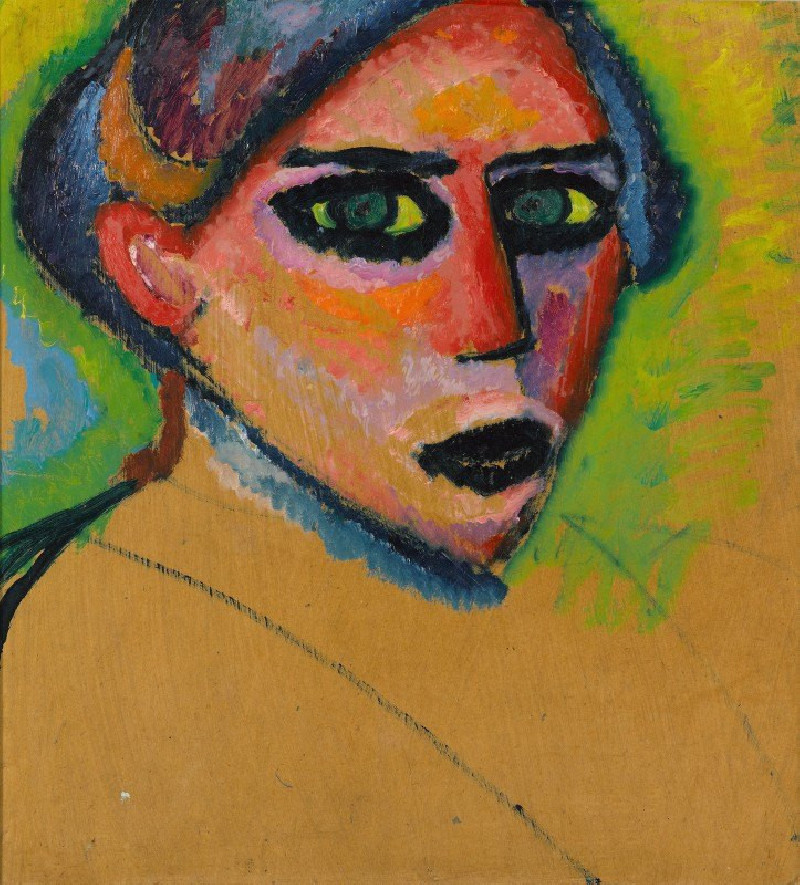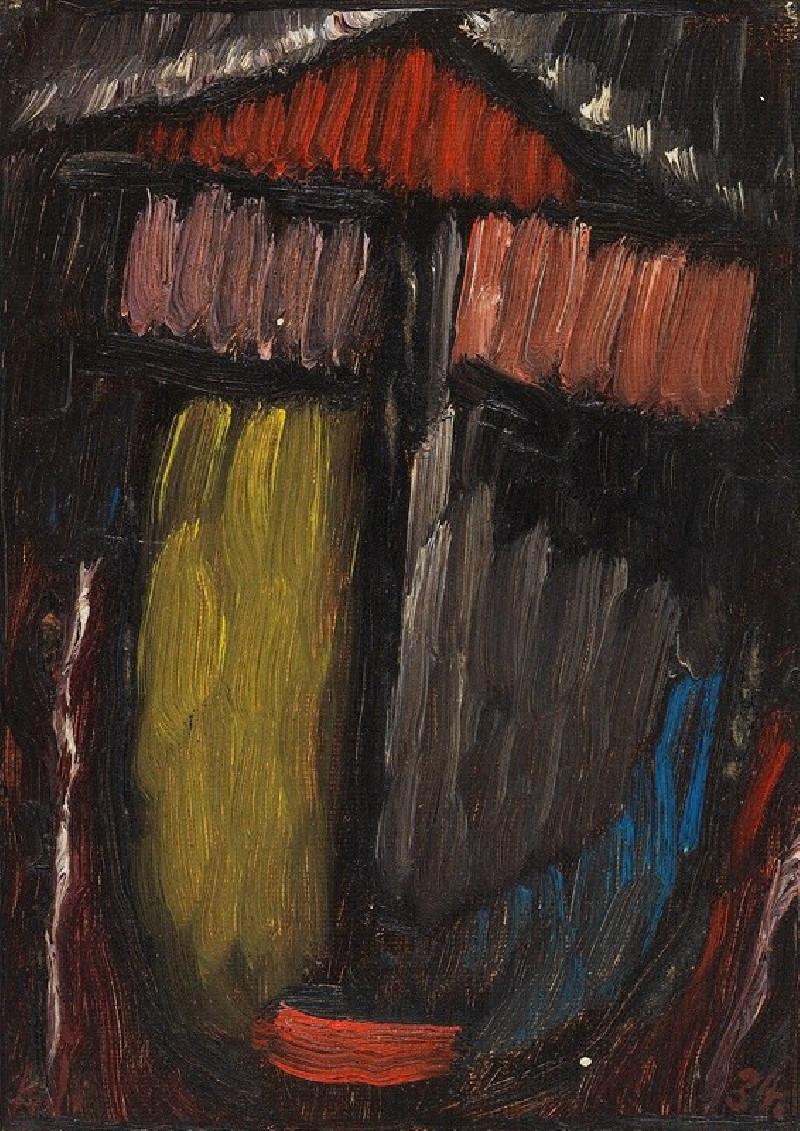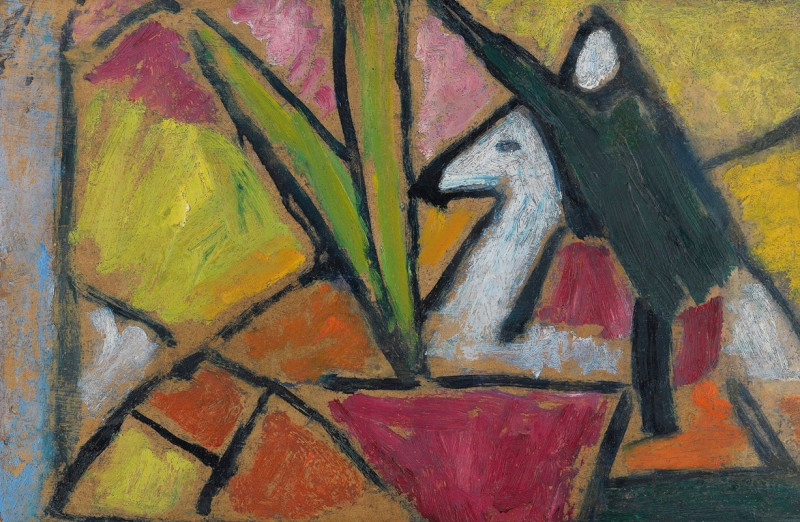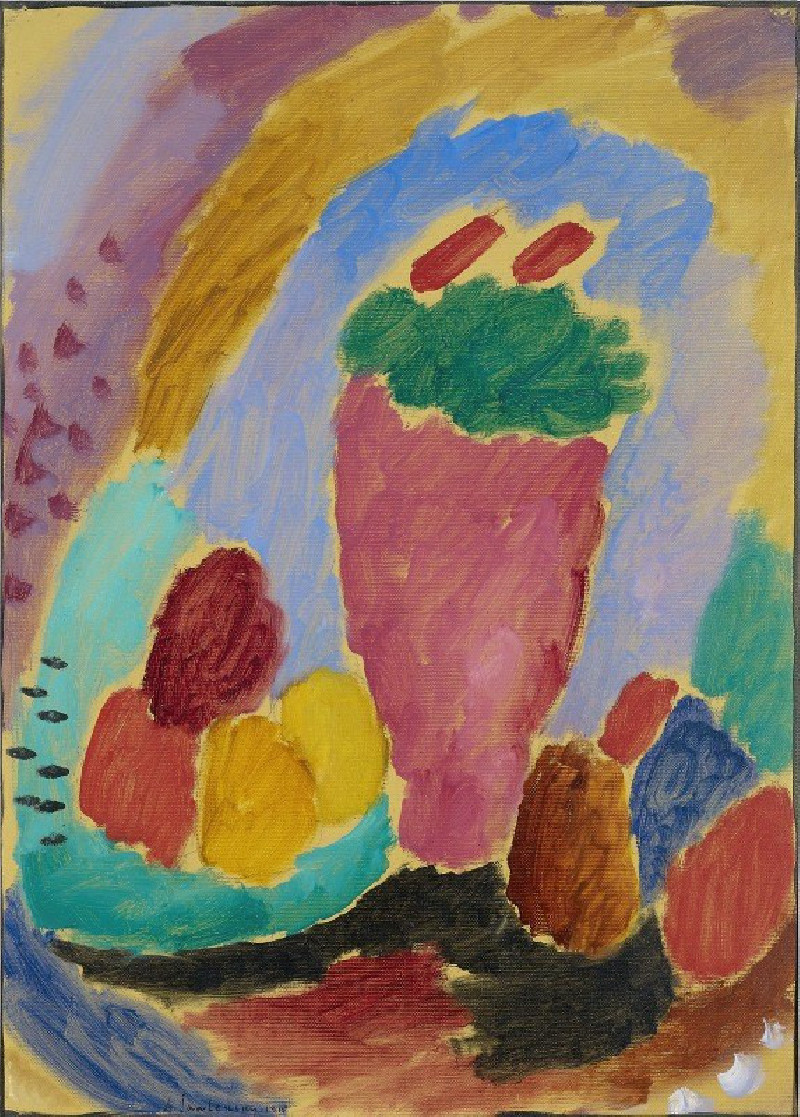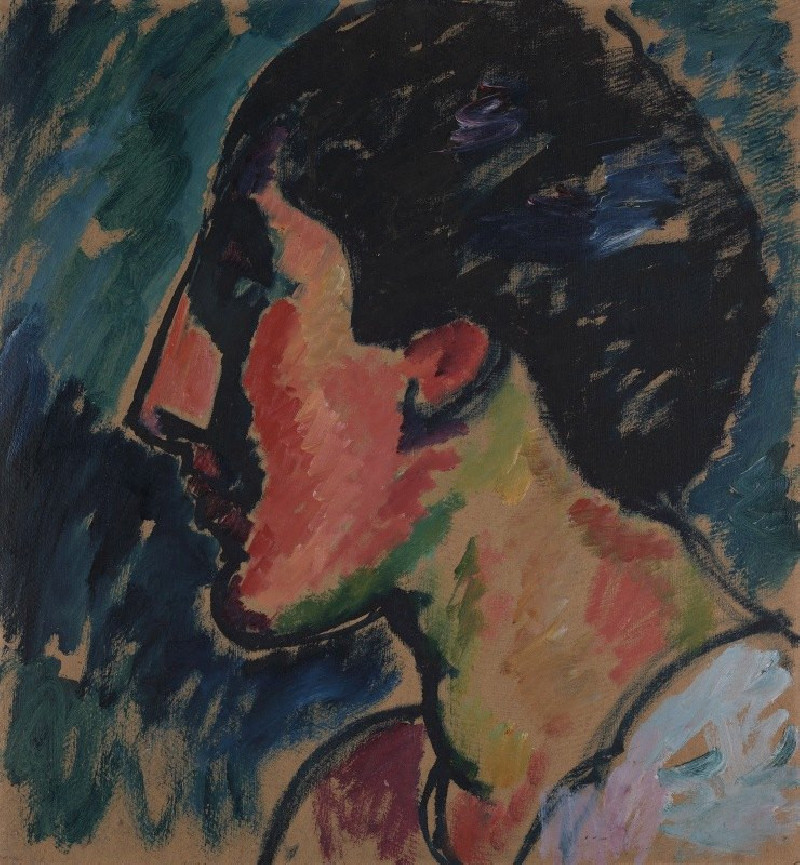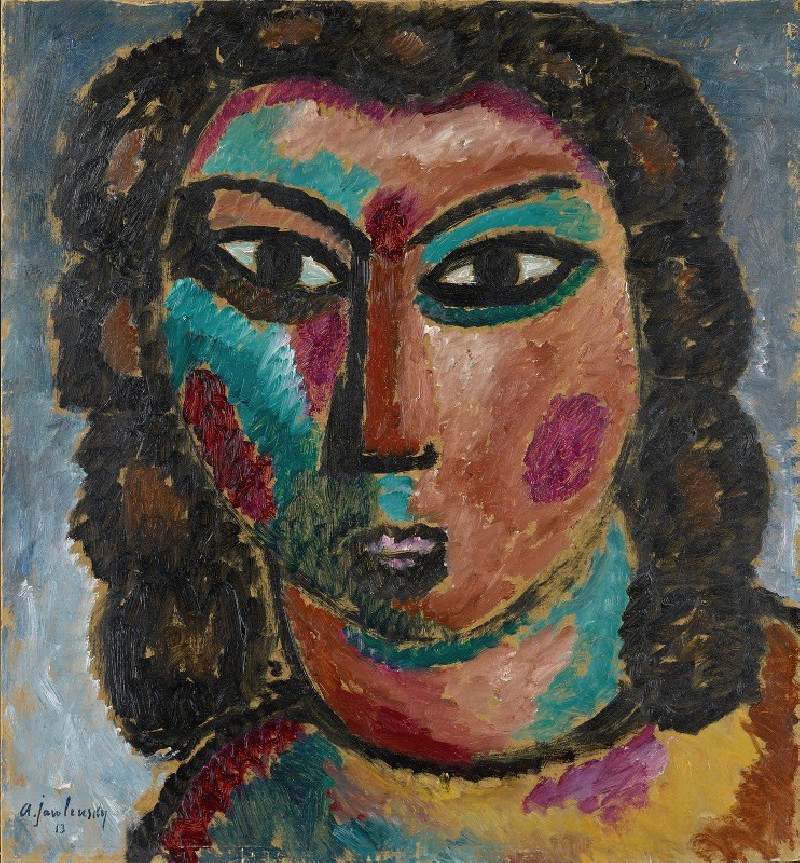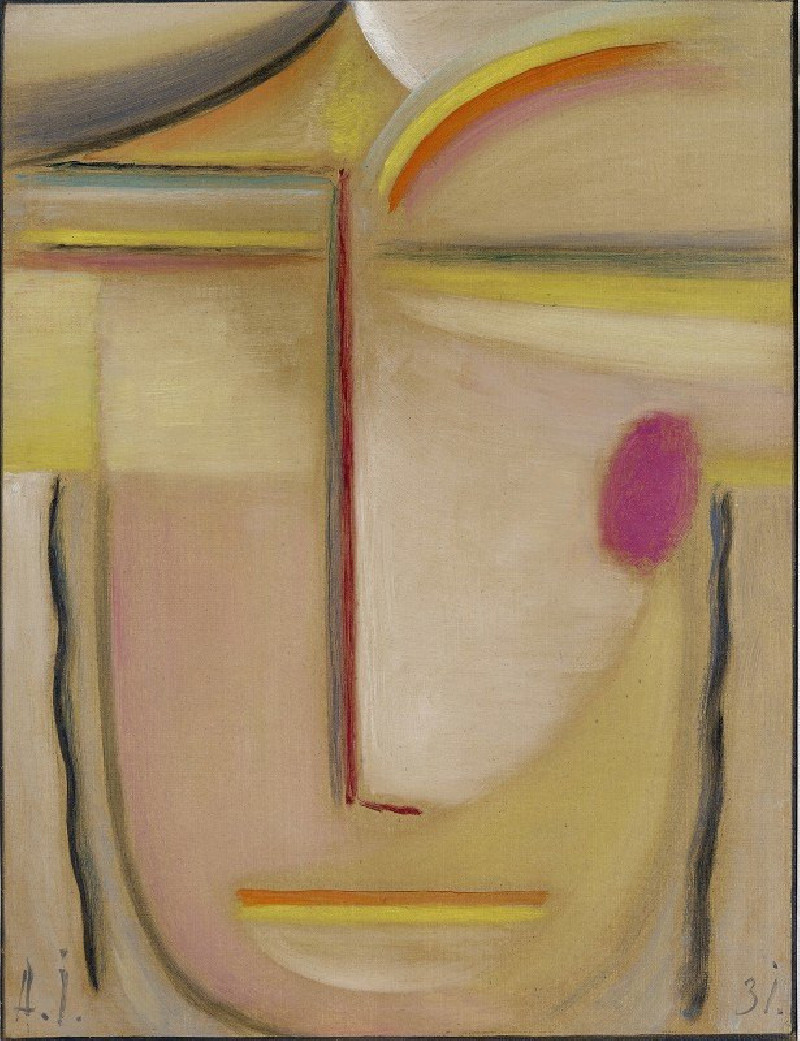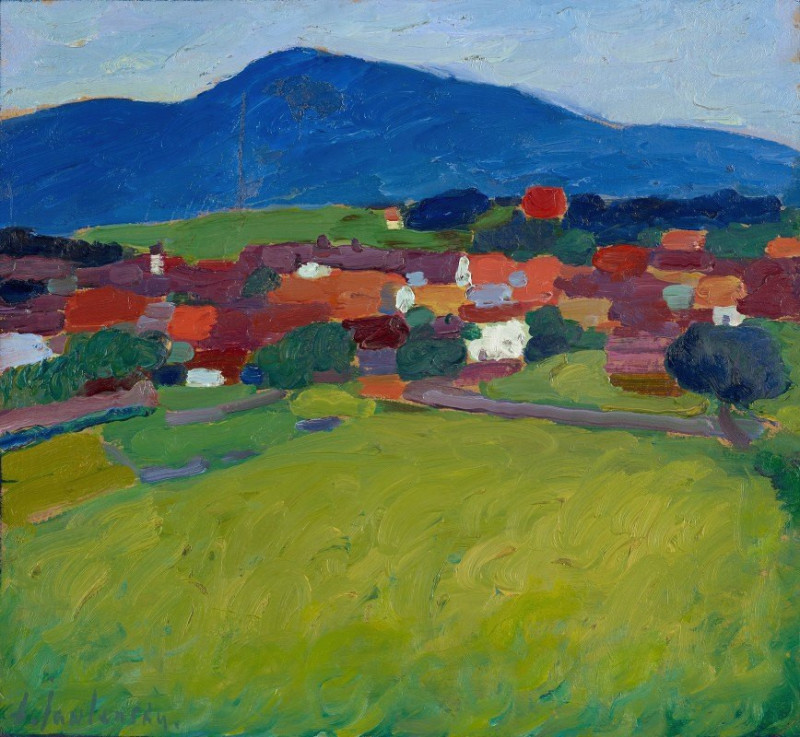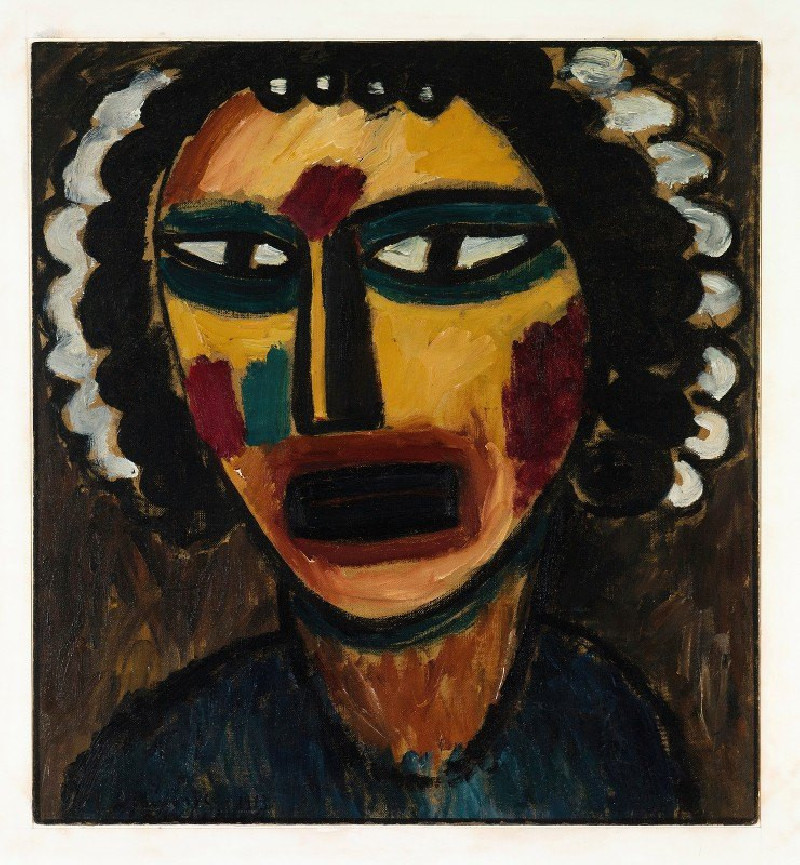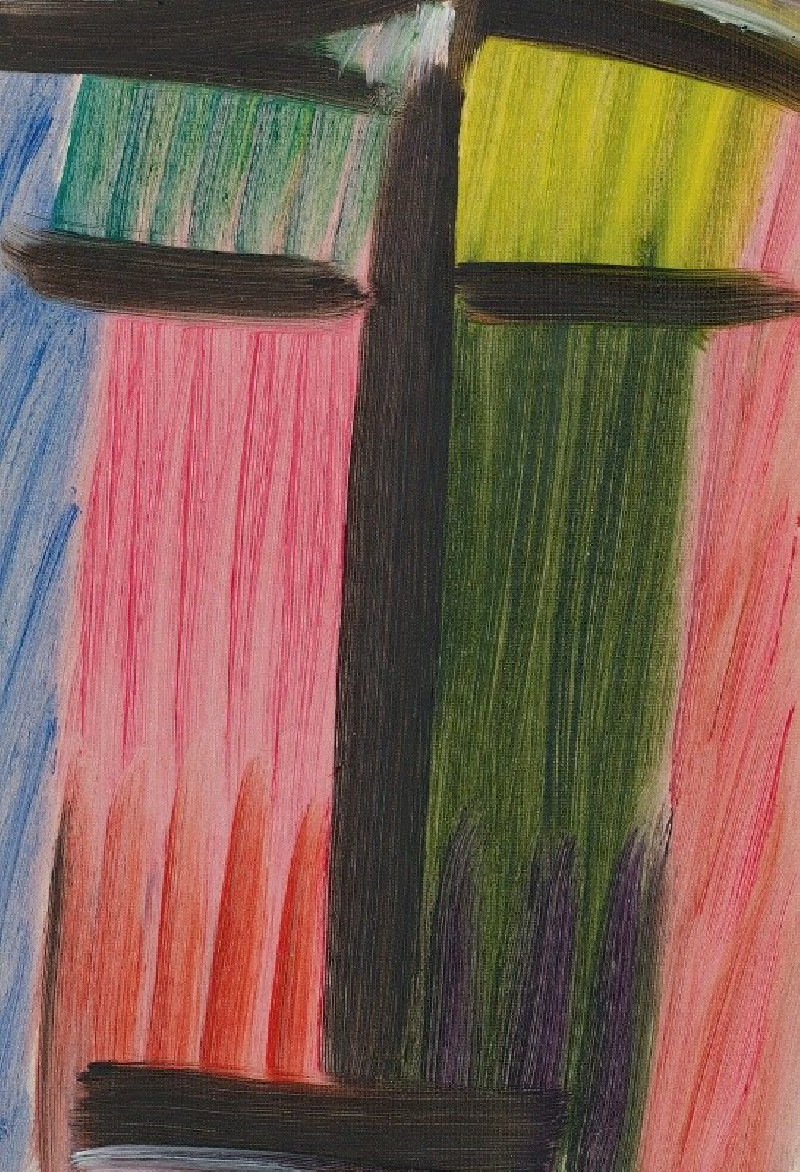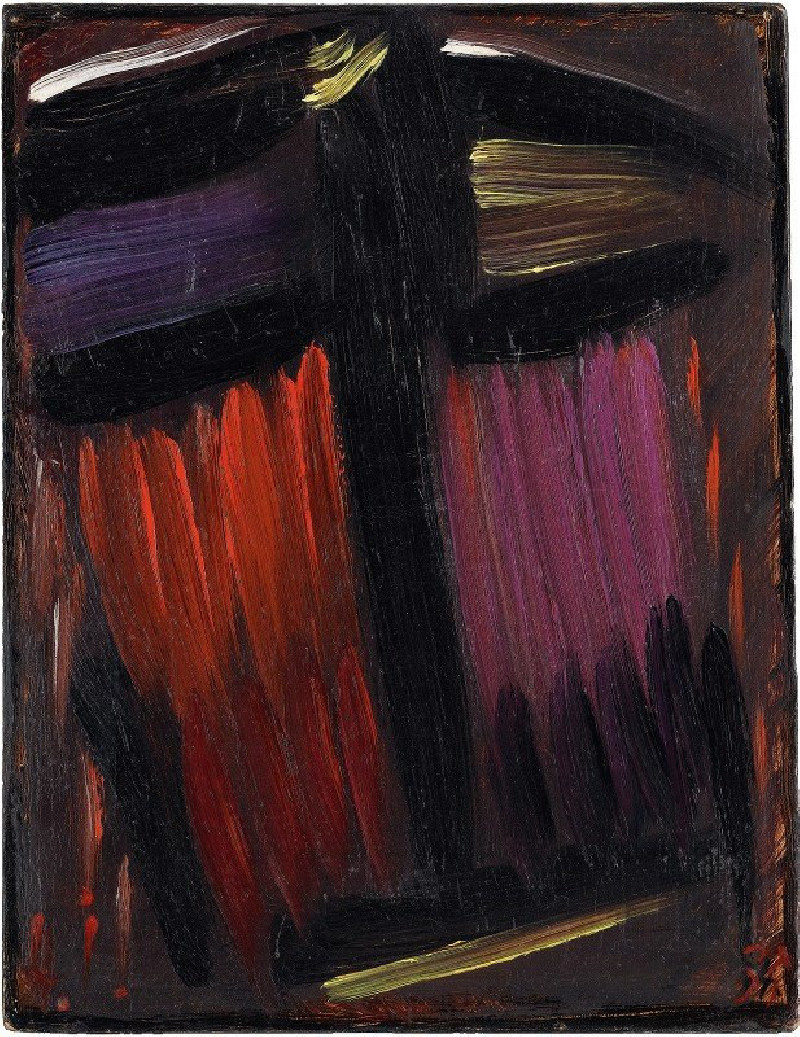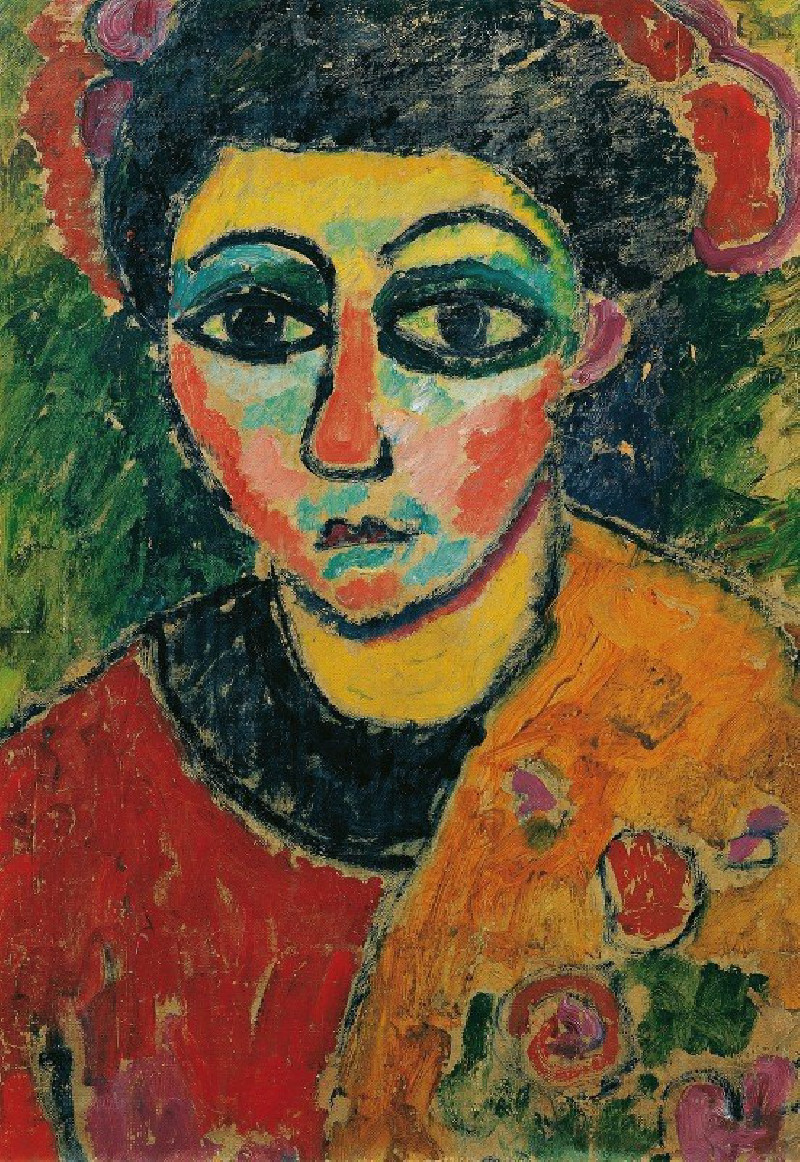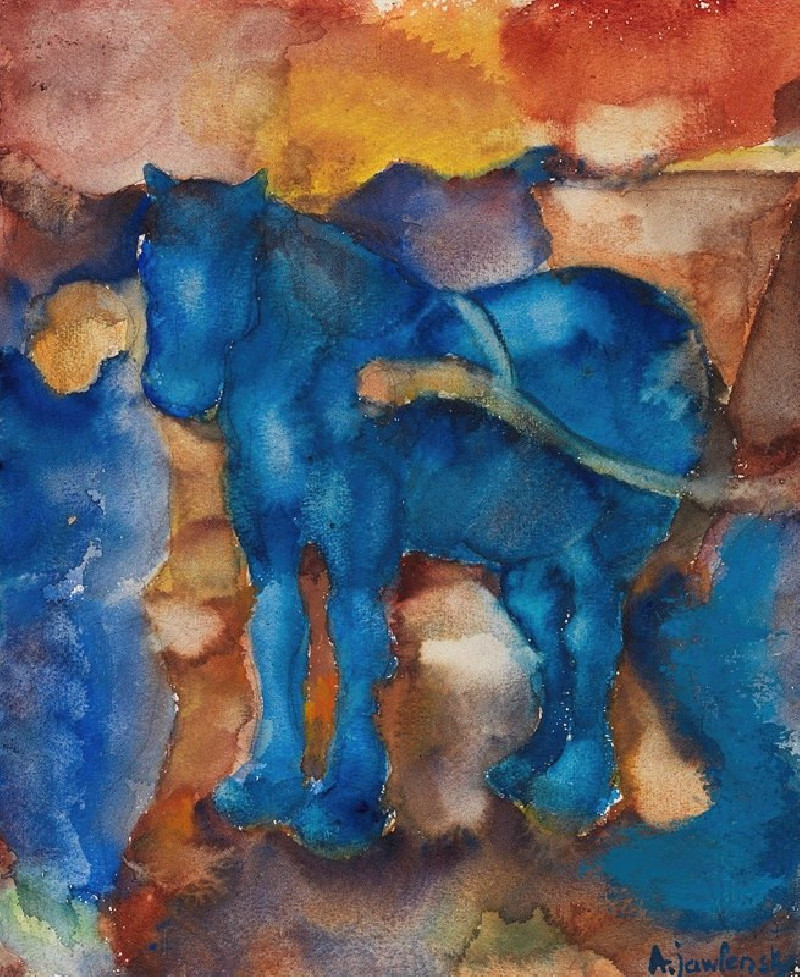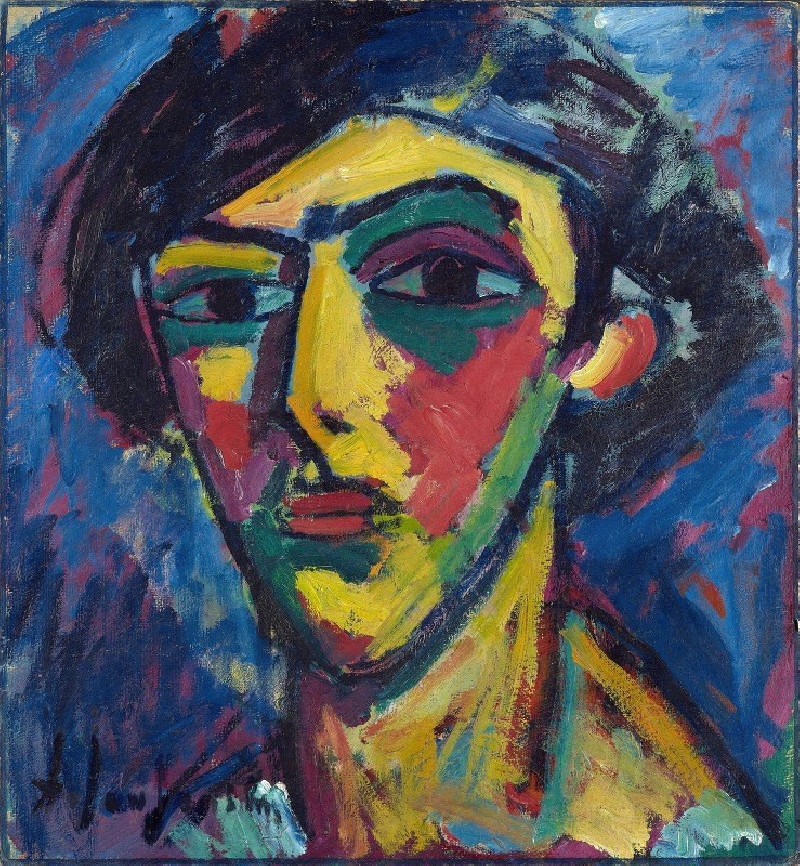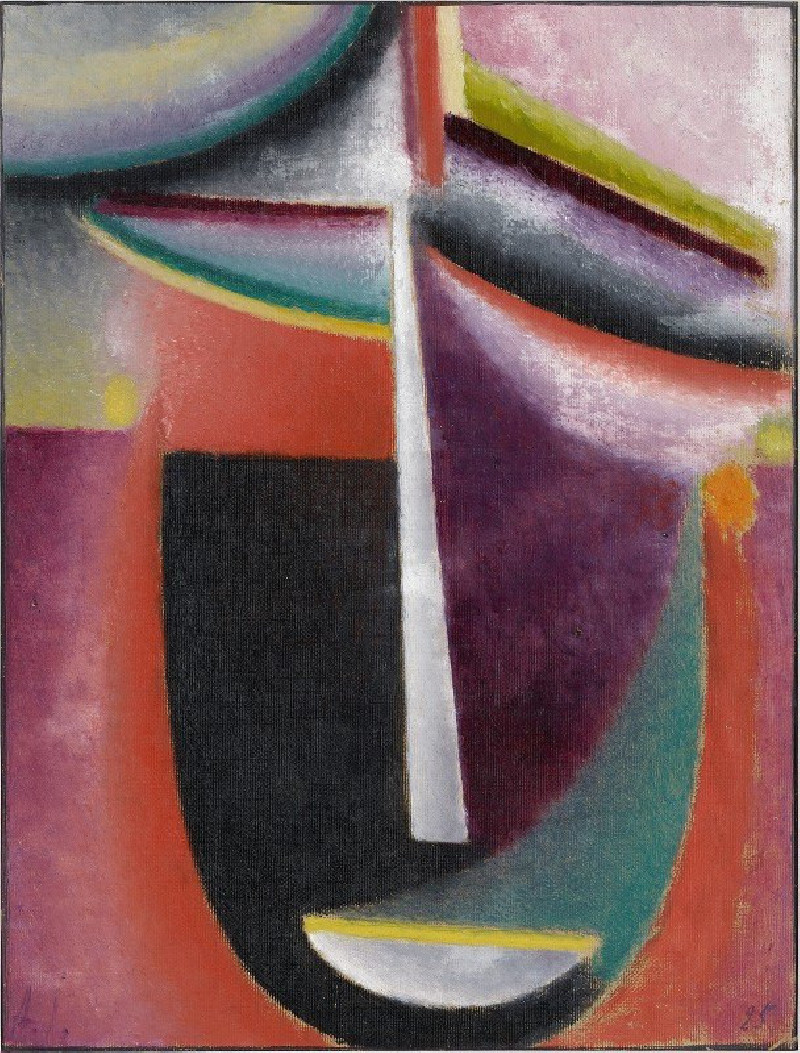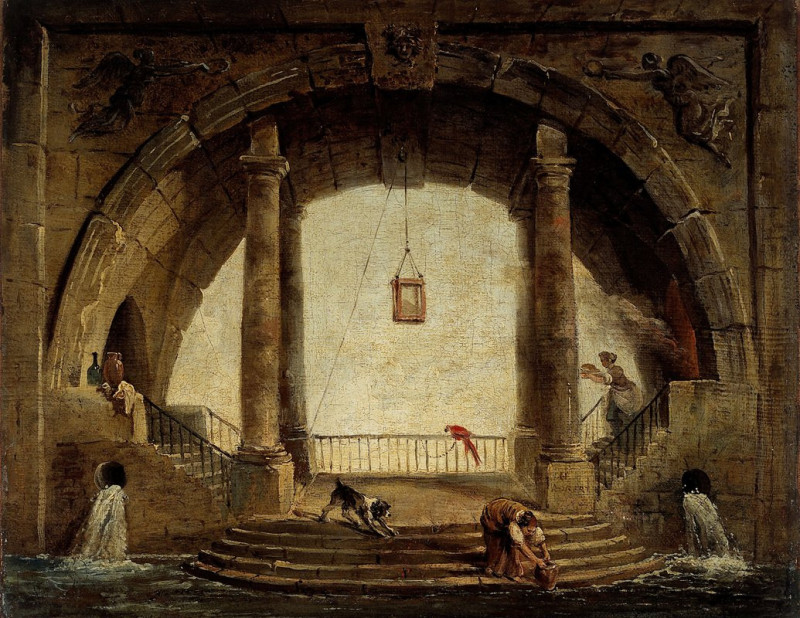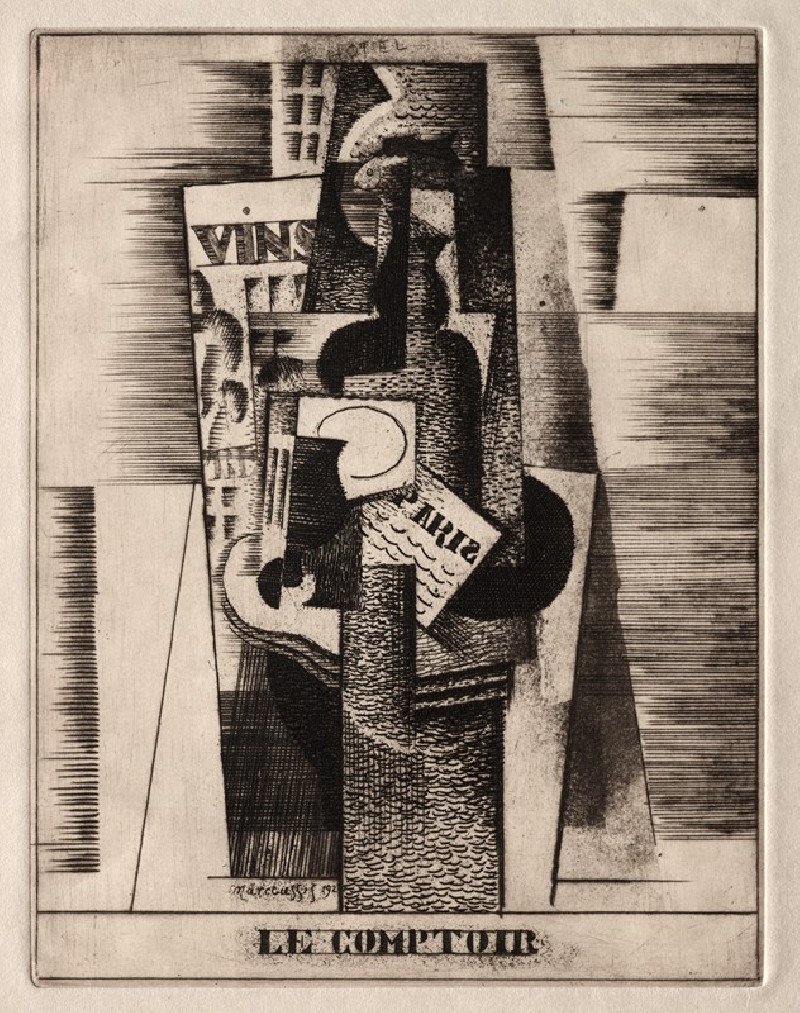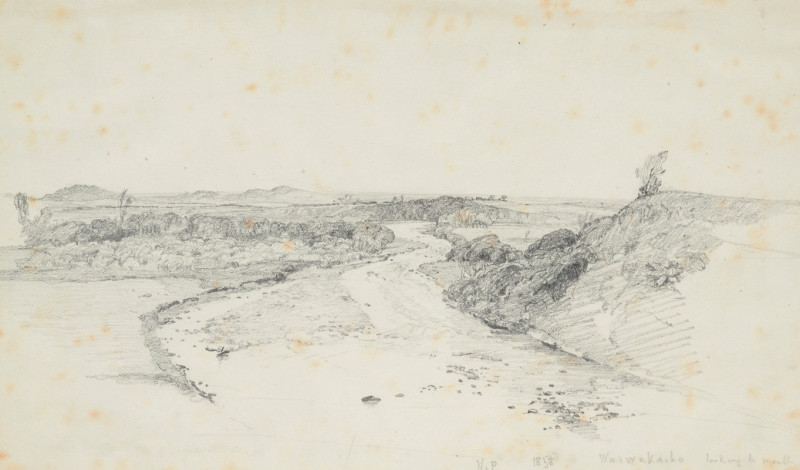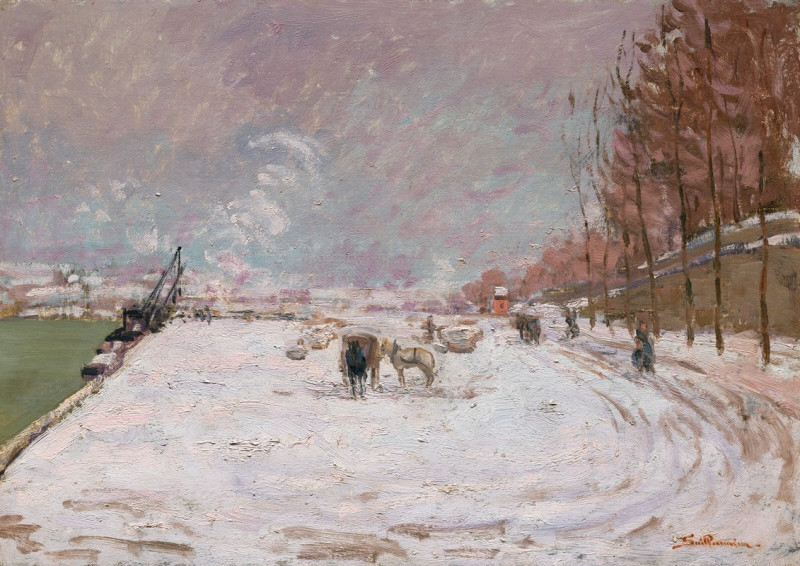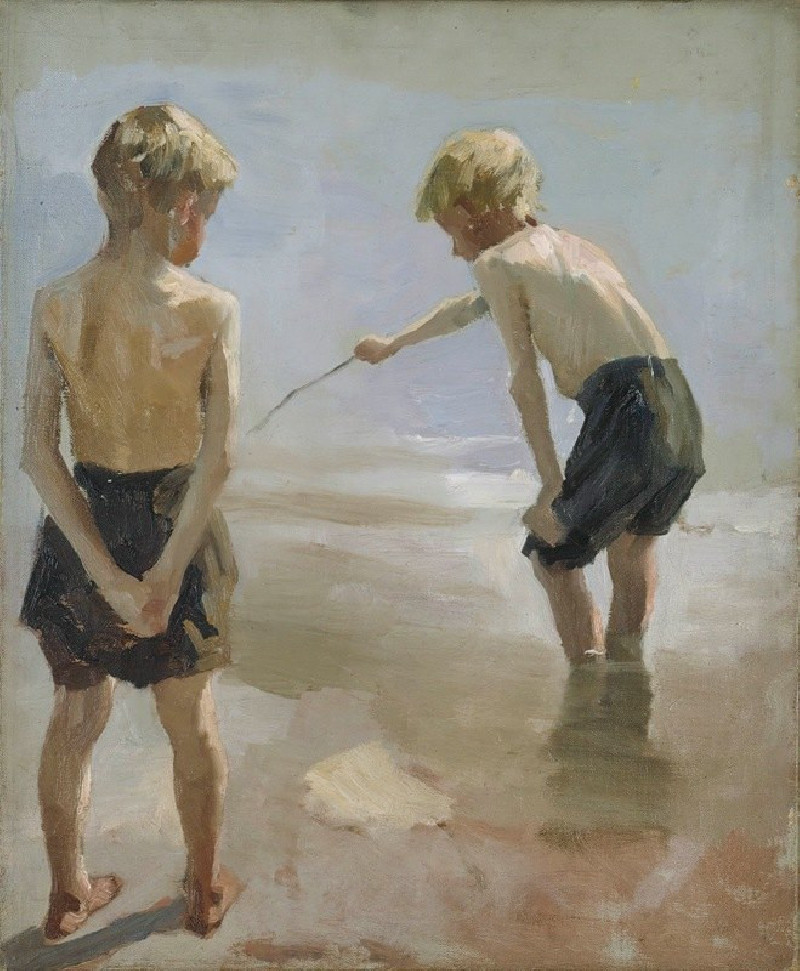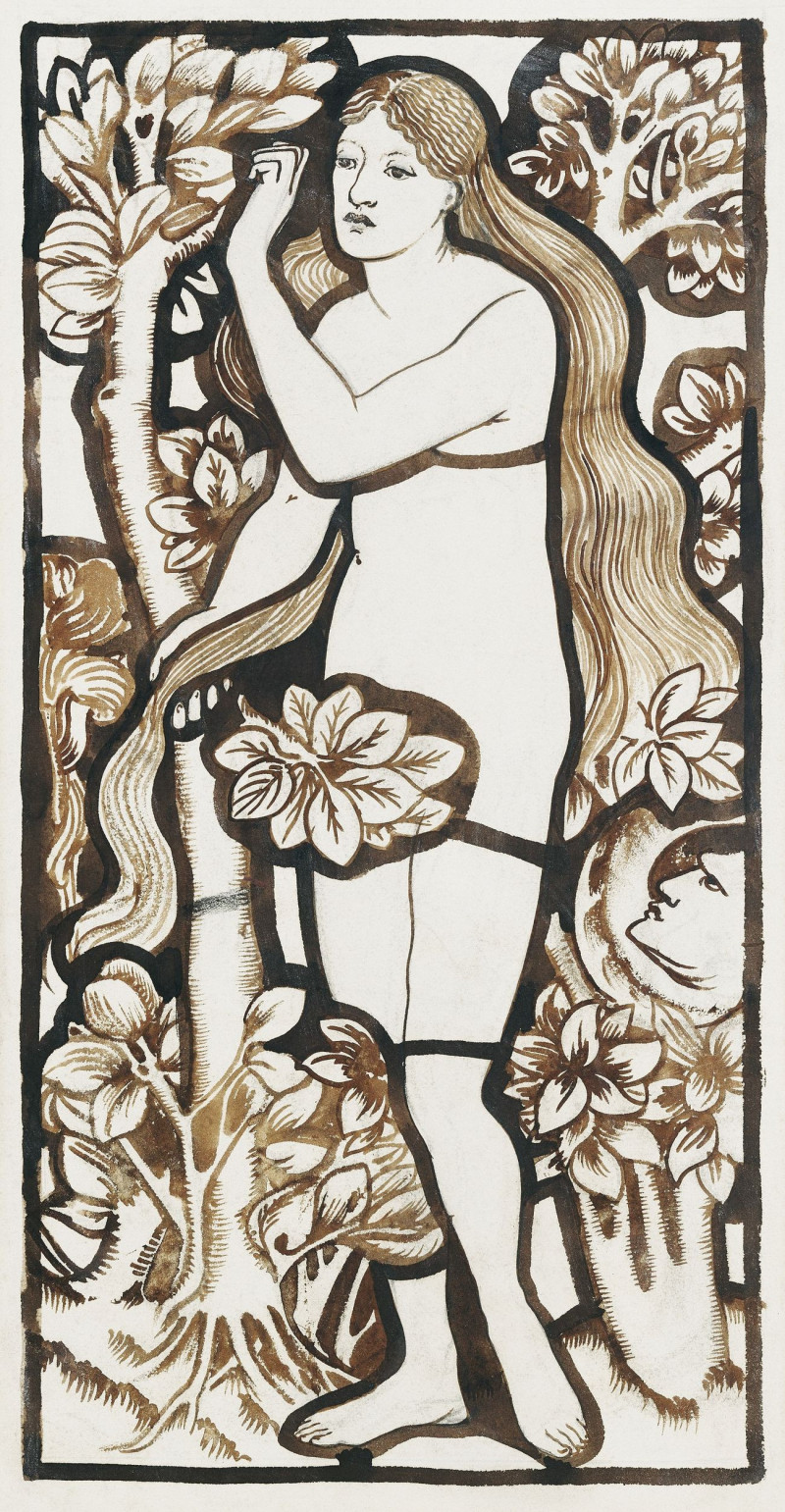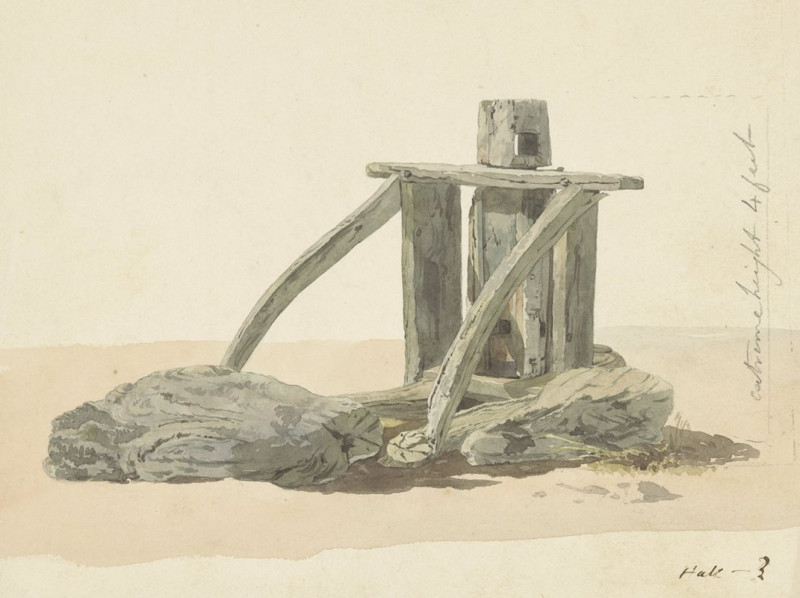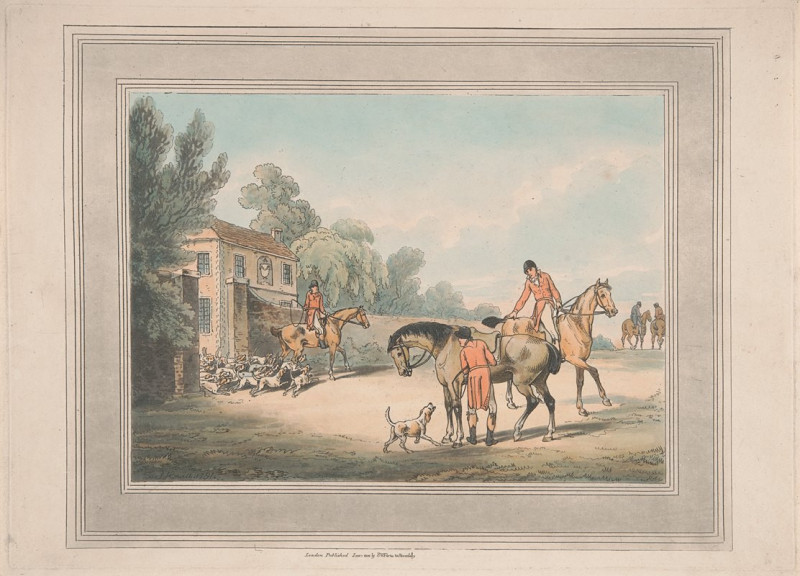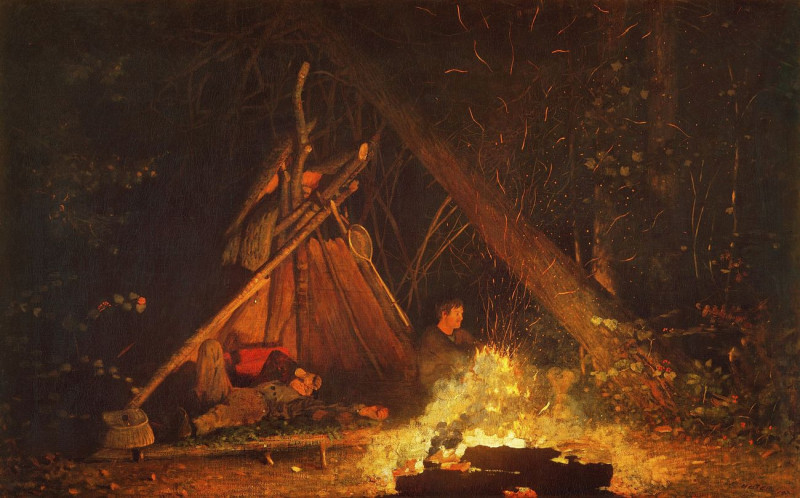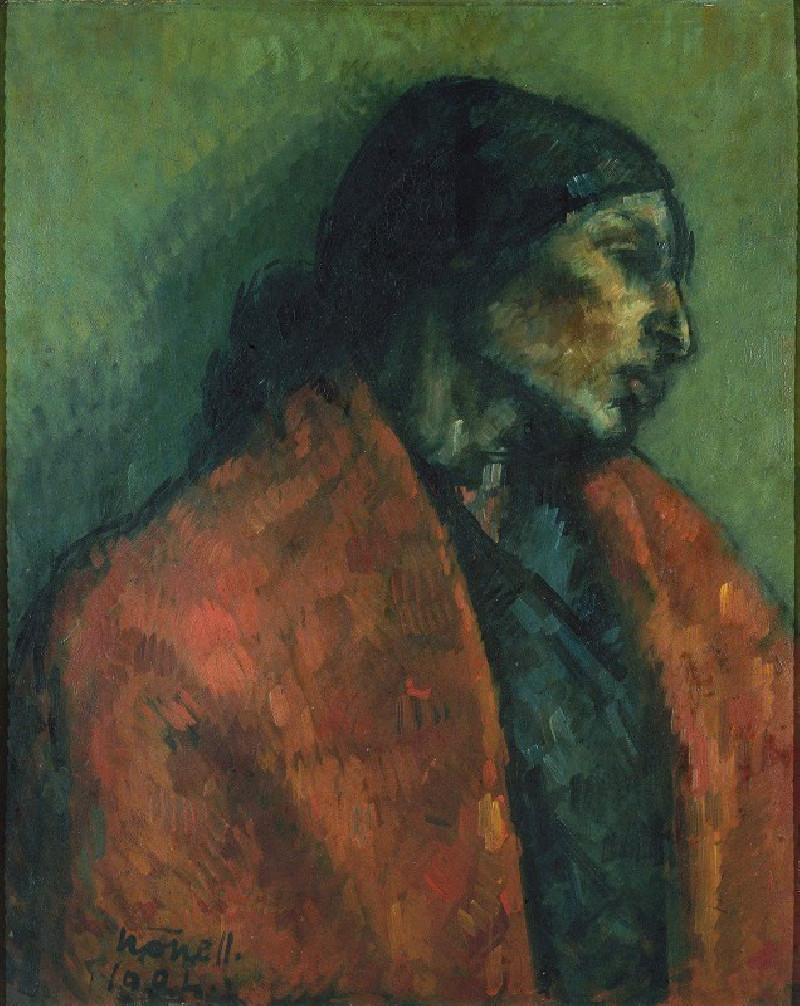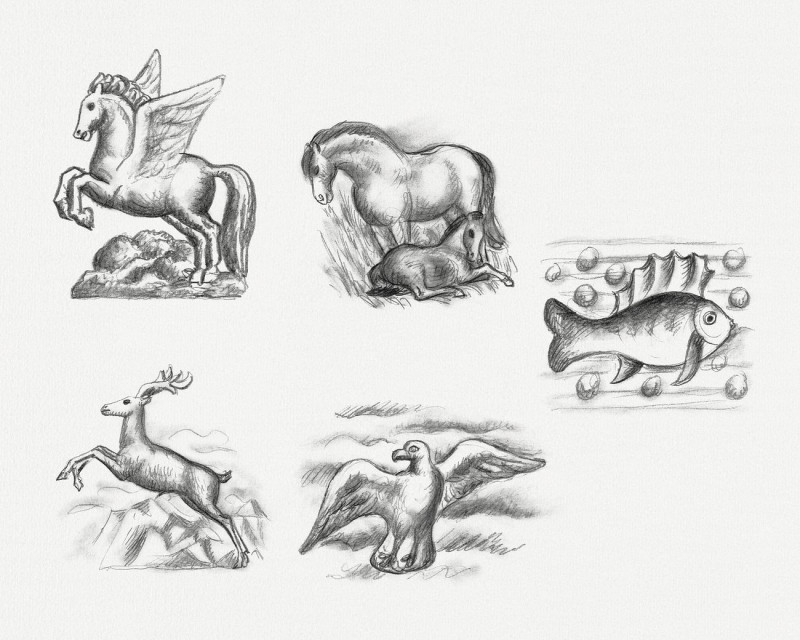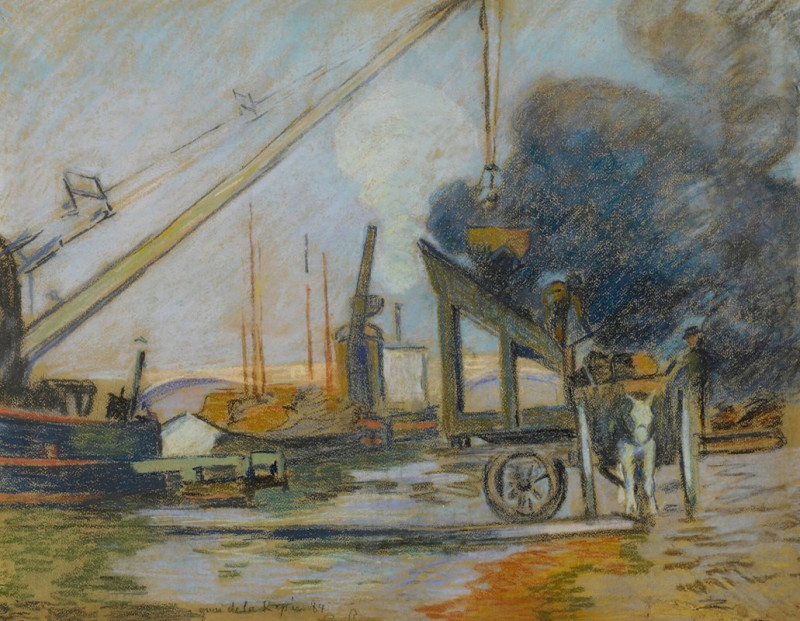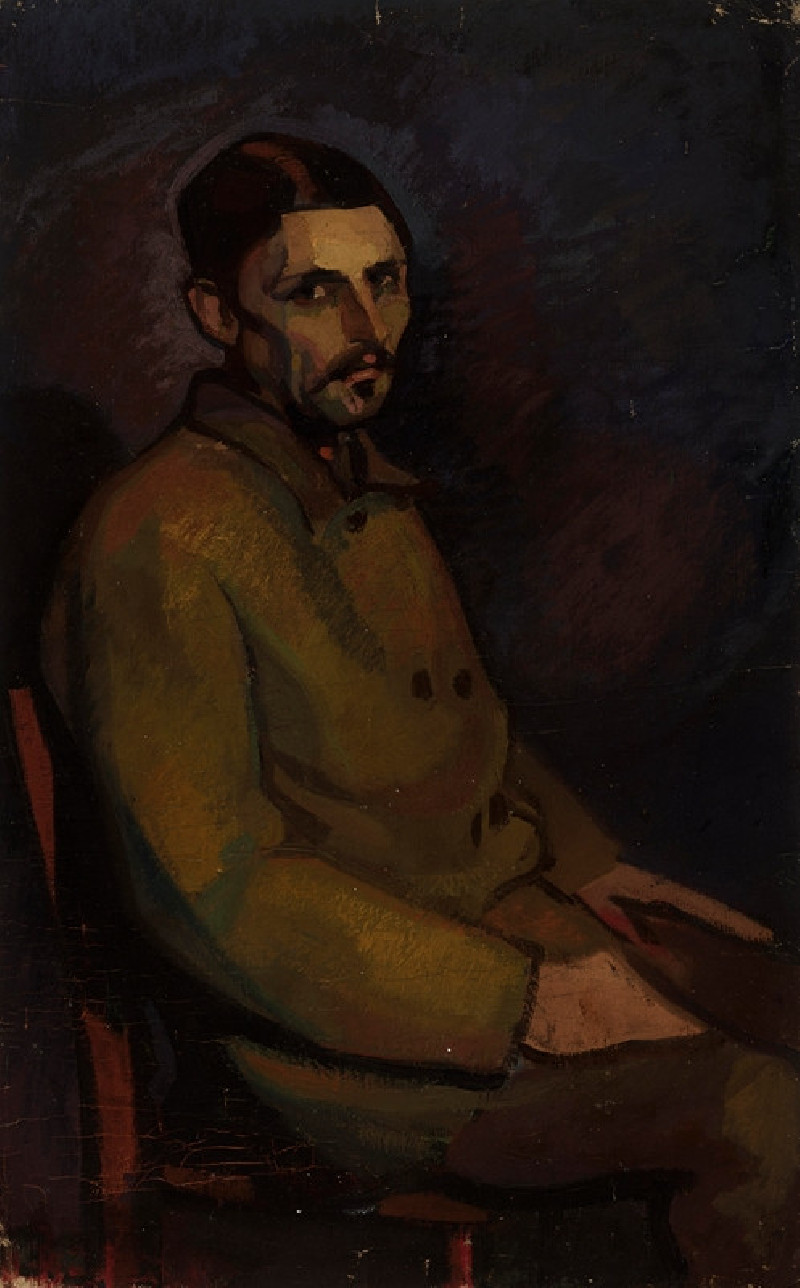Variation (circa 1918)
Technique: Giclée quality print
Recommended by our customers
More about this artwork
Explore the vibrant world of Alexej von Jawlensky through his captivating work "Variation" from around 1918. This painting, a profound testament to Jawlensky's exploration of abstract expressionism, captures a symphony of colors and shapes that stimulate both visual perception and emotional response.At first glance, "Variation" might appear as a collection of arbitrary shapes and colors. However, a closer observation reveals a meticulously balanced composition of forms. The painting boasts bold, curving black lines that both connect and separate the masses of color, creating a dynamic interplay between the elements. These somber lines contrast with the lively, vivid colors—reds, blues, pinks, yellows, and whites—that fill the space with emotional intensity.Jawlensky's use of color in "Variation" shows his deep interest in conveying feeling through hues. Each color in this piece is not just a visual component, but a carrier of mood and sentiment. The warm reds and yellows evoke a sense of passion and energy, while the cooler blues and lush greens systemize tranquility and depth."Variation" is not just a representation of Jawlensky's signature style; it is an invitation to viewers to interpret and feel, making each encounter with the painting a unique emotional journey. This artwork is a perfect example of how abstract art, free from the constraints of realistic representation, communicates directly through color and form. It stands as a bold statement on the expressive possibilities of paint, appealing universally across the bounds of language and culture.Take your time with this piece. Let your eyes wander over the canvas, and notice how the colors and shapes interact.
Delivery
Returns
Alexej Georgewitsch von Jawlensky (13 March 1864 – 15 March 1941) was a Russian expressionist painter active in Germany. He was a key member of the New Munich Artist's Association (Neue Künstlervereinigung München), Der Blaue Reiter (The Blue Rider) group and later the Die Blaue Vier (The Blue Four).

